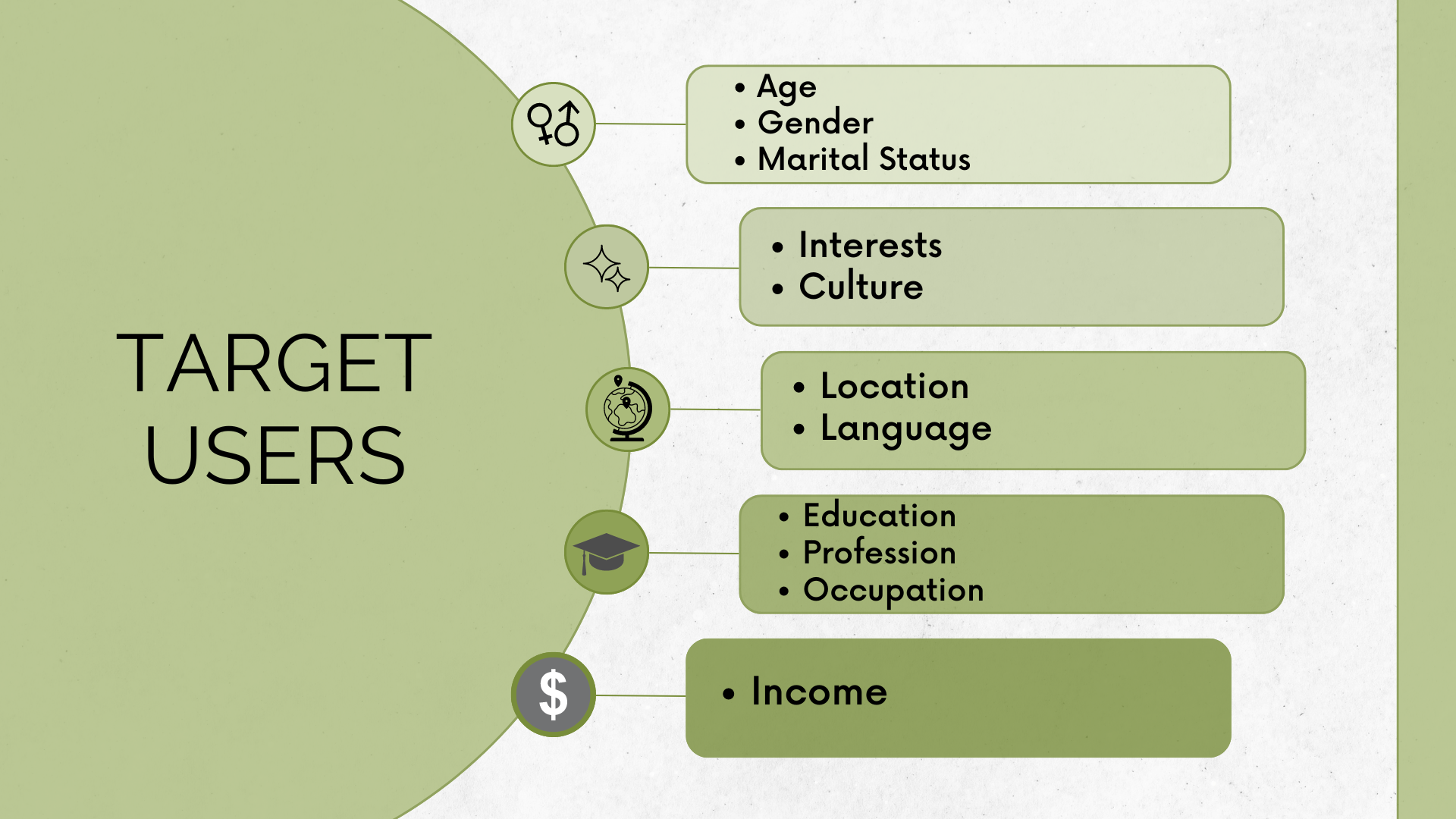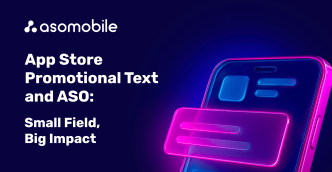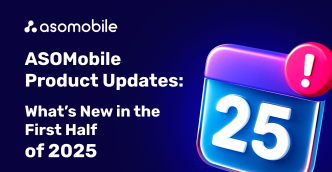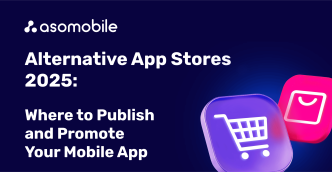How to Identify the Target Audience for Your Mobile App
Identifying the target audience for our mobile app is a critical step in determining the success of our product. The more precisely we can define who we create the app for, the better our chances of achieving our goals. This step is crucial in the early stages of the project, as it directly influences all subsequent marketing strategies and the effectiveness of our App Store Optimization (ASO).
Who Is the End User of Our App?
This is the key question we need to answer. To do this, we must carefully analyze several critical aspects:
- What does our user look like?
- What are their pain points?
- What are their interests?
- What is their gender and age?
- What are their habits and preferences?
Why Is It So Important to Accurately Define Our Target Audience?
Accurately defining our target audience is crucial for the success of our app. If we try to appeal to everyone, our app risks being overlooked. Remember that a fitness app is unlikely to attract homemakers, just as a children’s educational app won’t engage teenagers.
We must also keep in mind that the mobile market is constantly expanding. As the market grows, so does the number of potential users. Here are some additional points that emphasize the importance of defining our target audience:
- It is projected that mobile devices will account for 52% of all internet traffic by the end of 2024, expanding our target audience.
- The average user interacts with ten apps daily and uses up to 30 apps per month.
- 85% of users already prefer mobile apps over web resources because they are more convenient, faster, and user-friendly. Focusing on our target audience makes sense to ensure our app captures as many users as possible from this 85%.
Focusing precisely on our target audience allows us to allocate our marketing efforts more rationally and effectively. For example, personalized push notifications directed at specific user interests are opened eight times more often than standard ones. Adding the user’s name to a message can increase their trust and satisfaction. This also helps reduce user acquisition costs (UA) and increases our investment return.
How Do We Find Our Target Users?

No matter how we look at it, our app’s path to success always begins with identifying the relevant target audience. Ideally, we define the circle of target consumers and then create a product that meets their needs and addresses their pain points.
Demographic Characteristics
- Age: The age difference among target users should not exceed one generation—quality over quantity is essential here.
- Gender: Gender is a significant marker in identifying our users. An app for tracking ovulation is unlikely to interest a male audience.
- Location (Geography) and Language: A French-language app is unlikely to be popular in Germany.
- Education, Profession, or Occupation: These characteristics influence the amount of time users spend on mobile apps.
- Marital Status: This significantly affects the range of interests. A married user may fall into additional target subgroups compared to a single one.
- Income: This indicates users' willingness to pay, for instance, for premium access.
Psychological Characteristics
- Interests: Our app should meet the interests of our users. For example, offering a calendar of religious holidays to a football fan would be pointless. However, such a calendar might interest men and women aged 40+, with a specific educational background, who are family-oriented and have a medium income. Demand drives supply; following users' interests is a winning strategy.
- Culture: Culture can unite very diverse users. We must always consider the cultural context when developing and promoting our product.
Marketing Characteristics
We should also express our gratitude to our competitors. Competitors are always present, and that’s a good thing. They allow us to analyze their activities and avoid their mistakes. We can see what works and what doesn’t. Competitors are an additional source of information. Surveys and reviews are essential because they make users feel heard and valued. Loyalty to our app grows, and with it, the likelihood of recommendations through word of mouth.
Devices
Devices also help us identify our target audience, whether they are using Android or iOS, smartphones or tablets.
What Helps Us Better Understand Our App’s Users?
No one knows our product better than we do, so we must ask ourselves important questions:
- What does our app do?
- What value does it offer the user?
- How does it make our users’ lives easier?
- How convenient and relevant is it?
- Why should users choose our product over others?
Once we have identified our target audience, getting to know them better is essential. We need to create personalized user profiles that will help us better understand their needs and preferences. These profiles can be used to optimize our app's UX/UI design to ensure the best user experience.
Examples of Target Users for Various App Categories
To better understand how to define a target audience, let’s look at examples for several app categories:
- Fitness and Health App
- Primary Target Audience:
- Age: 25-40 years
- Gender: Men and women
- Interests: Active lifestyle, health, fitness
- Characteristics: People actively involved in sports monitor their health and frequently visit the gym or exercise at home. This group may include beginners and those who have been into fitness for a long time.
- Example User:
Anna, 32, lives in a big city and works as a sales manager. She leads an active lifestyle and goes to the gym 3 to 4 times a week. She needs an app that helps her track her workout progress and plan her meals.
- Primary Target Audience:
- Online Shopping App
- Primary Target Audience:
- Age: 18-45 years
- Gender: Mostly women
- Interests: Fashion, shopping, discounts
- Characteristics: People who shop online are interested in fashion and new collections. They seek convenient home-delivery shopping options and are eager to find good deals.
- Example User:
Helen, 28, lives in the suburbs and works as a designer. She loves fashion and regularly buys clothes and accessories online. Marina is looking for an app that offers personalized recommendations and notifies her about sales.
- Primary Target Audience:
- Meditation and Mental Health App
- Primary Target Audience:
- Age: 30-50 years
- Gender: Men and women
- Interests: Mental health, relaxation, self-discovery
- Characteristics: People interested in improving their mental health and managing stress and anxiety. They seek tools to help them meditate, relax, and sleep better.
- Example User:
Jorge, 40, works in an IT company and experiences stress at work. He wants to find a way to relax after a long day and improve his sleep quality. He needs an app that offers meditation sessions and breathing techniques to reduce stress.
- Primary Target Audience:
Key Takeaways in Defining Our Target Audience
The target audience is the foundation for creating and promoting our app. Defining the product’s value helps us understand who it will benefit, and accurately describing the target audience allows us to build a precise marketing strategy. This approach increases paid and organic installs and boosts our app’s ranking in the stores.
We must never forget that accurately defining our target audience reduces the number of uninstalls, increases user engagement and loyalty, and boosts their lifetime value (LTV).
Find your target audience and achieve your goals💙
UA (User Acquisition) for mobile apps refers to the process of attracting and acquiring new users to download and engage with a mobile app.
The target audience for a mobile app is the specific group of people who are most likely to be interested in downloading, using, and engaging with the app. Identifying and understanding the target audience is crucial for tailoring the app's features, marketing strategies, and user experience to meet the needs and preferences of these users.
 Українська
Українська  Русский
Русский  Español
Español 






